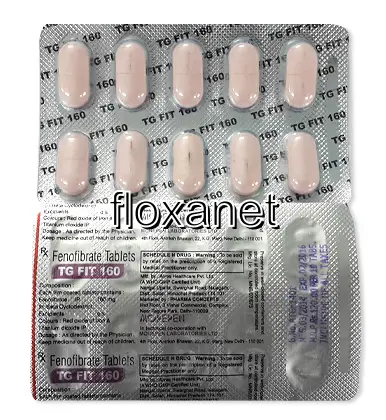| Package | Dosage | Price | Price per Dose | |
|---|---|---|---|---|
| Dosage: 160mg | ||||
| 360 pill | 160mg | AUD968.53 | AUD2.69 | |
| 180 pill | 160mg | AUD502.12 | AUD2.79 | |
| 120 pill | 160mg | AUD342.44 | AUD2.86 | |
| 90 pill | 160mg | AUD271.01 | AUD3.00 | |
| 60 pill | 160mg | AUD189.07 | AUD3.15 | |
| 30 pill | 160mg | AUD100.83 | AUD3.36 | |
| Dosage: 200mg | ||||
| 360 pill | 200mg | AUD1,323.60 | AUD3.68 | |
| 180 pill | 200mg | AUD689.10 | AUD3.82 | |
| 120 pill | 200mg | AUD468.50 | AUD3.91 | |
| 90 pill | 200mg | AUD369.75 | AUD4.10 | |
| 60 pill | 200mg | AUD258.40 | AUD4.31 | |
| 30 pill | 200mg | AUD138.64 | AUD4.60 | |

Fenofibrate Description
Overview of Fenofibrate
Fenofibrate is a medication commonly prescribed to help manage high levels of cholesterol and triglycerides in the blood. It belongs to a class of drugs known as fibrates, which work primarily by lowering very low-density lipoprotein (VLDL) particles and increasing high-density lipoprotein (HDL) cholesterol. This medication is often used as part of a comprehensive approach to reduce the risk of cardiovascular diseases, especially in individuals with dyslipidemia or metabolic syndrome. Fenofibrate is available in various formulations, including tablets and capsules, making it convenient for daily use.
Mechanism of Action
Fenofibrate works by activating a receptor in the liver called peroxisome proliferator-activated receptor alpha (PPARα). Once activated, PPARα modulates the expression of genes involved in lipid metabolism. This leads to an increase in the oxidation of fatty acids, a reduction in the production of triglycerides, and an elevation in HDL cholesterol levels. The overall effect is an improved lipid profile that can help reduce the risk of plaque buildup in arteries. Additionally, fenofibrate has anti-inflammatory properties, further contributing to its cardiovascular benefits.
Effectiveness and Benefits
Many users find fenofibrate effective at lowering triglyceride levels, often seeing reductions of up to 50% or more. It can also modestly increase HDL cholesterol, which is considered "good" cholesterol. Studies suggest that fenofibrate decreases the formation of atherosclerotic plaques, thus reducing the risk of coronary artery disease and related complications. Patients taking fenofibrate might experience better overall lipid management, particularly if lifestyle changes alone are insufficient. When used appropriately, fenofibrate can be a valuable tool in comprehensive cardiovascular risk management.
Potential Side Effects and Risks
Like all medications, fenofibrate may cause side effects, although not everyone experiences them. Common issues include stomach upset, nausea, diarrhea, or abdominal pain. Some users may notice muscle pain or weakness, which should be reported to a healthcare provider immediately, as this could indicate muscle toxicity. Rarely, fenofibrate can affect liver function, so regular blood tests are often recommended during treatment. Kidney function should also be monitored, especially in patients with pre-existing kidney issues. Allergic reactions are uncommon but can occur, necessitating prompt medical attention if symptoms such as rash, itching, or swelling develop.
Usage and Precautions
Fenofibrate is usually taken once daily, with or without food. It is important to adhere to the prescribed dosage and follow the healthcare provider's instructions carefully. Before starting fenofibrate, it is essential to disclose your full medical history, including liver or kidney problems, gallbladder disease, or muscle disorders. Pregnant or breastfeeding women should consult their doctor because the safety of fenofibrate during pregnancy has not been fully established. Combining fenofibrate with other medications, like statins, should be done cautiously and under medical supervision, as it can increase the risk of muscle damage.
Conclusion
Fenofibrate remains a valuable medication for individuals needing to improve their lipid profile. When used properly and alongside lifestyle modifications such as diet and exercise, it can significantly reduce cardiovascular risk. Nonetheless, like all drugs, it requires medical oversight to mitigate potential side effects and ensure safe and effective treatment. Regular monitoring and communication with a healthcare provider are essential components of managing therapy with fenofibrate.
